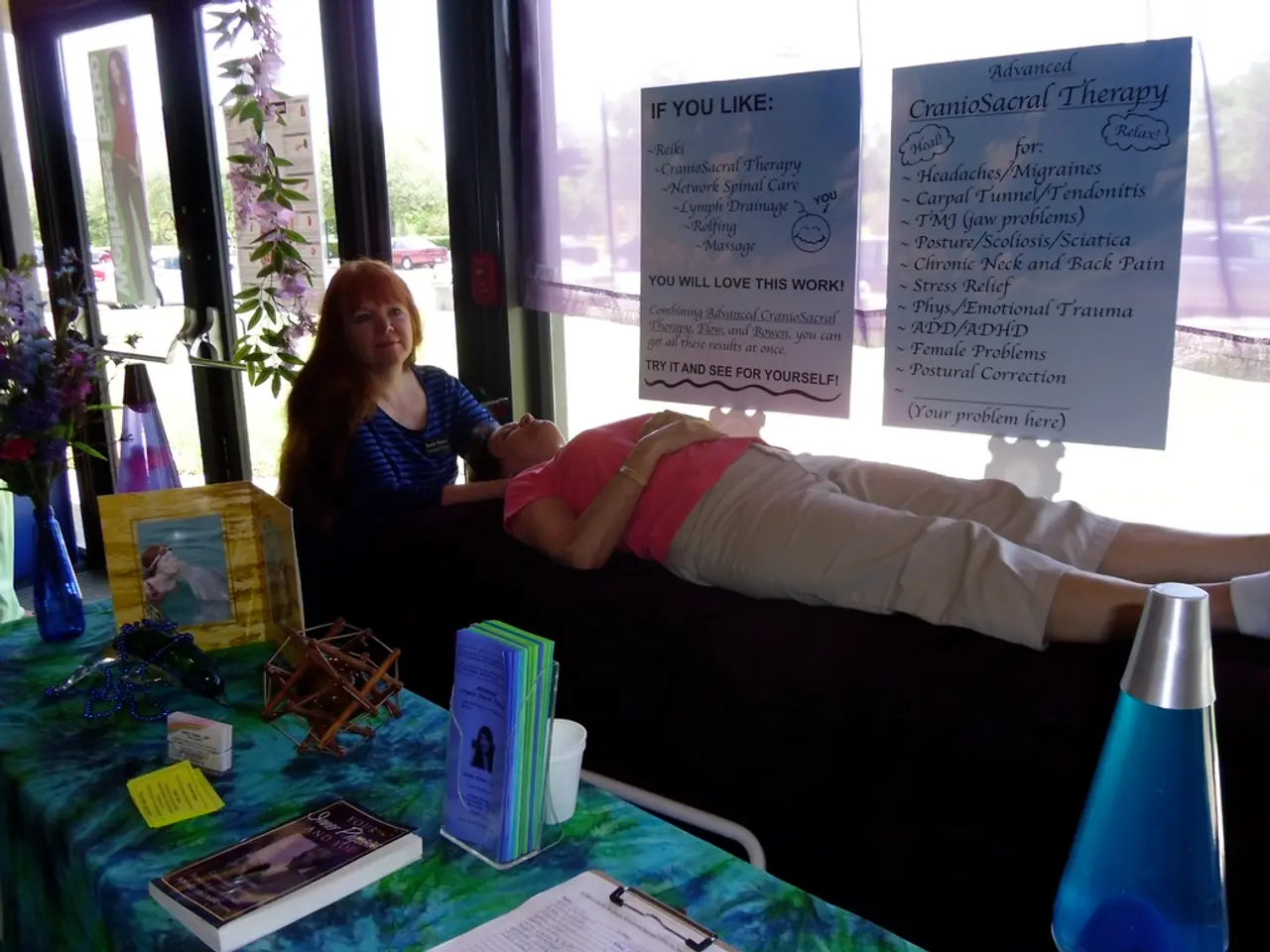Practical Approaches for Integrating Mindfulness into Daily Life
In today's fast-paced world, finding moments of calm and clarity can often feel elusive. However, mindfulness—the practice of focusing one's attention on the present moment—offers a simple yet effective solution. Here's a guide to incorporating mindfulness into your daily life and reaping its numerous benefits.
Designating screen-free zones in the home, such as the bedroom or dining area, is one way to promote mindfulness practice. By reducing distractions, we can cultivate focus and clarity. Establishing a specific area for meditation or yoga practice can further support this endeavour.
Mindfulness extends beyond meditation, encompassing various aspects of life. Practicing mindful breathing techniques, such as deep belly breathing and box breathing, can promote relaxation and calm the nervous system. These techniques involve slow, deep breaths using the diaphragm or a structured inhale-hold-exhale-hold pattern.
The three-step breathing space is another effective exercise. Spending a few minutes observing your thoughts, focusing on your breath, then expanding awareness to your body, helps ground attention and reduce stress. Progressive muscle relaxation, the systematic tension and relaxing of muscle groups, can also release tension and increase body awareness.
Other exercises include the five senses exercise, mindful walking, mindful journaling, the physiological sigh, and one conscious breath. These practices work by activating the parasympathetic nervous system, stimulating the vagus nerve, and promoting relaxation pathways in the brain, thereby lowering stress and improving attention and emotional regulation.
In communication, mindfulness can lead to deeper connections with others and greater emotional intelligence. Practicing mindful listening—fully listening to others without interrupting or formulating a response in your mind—can foster more thoughtful responses and strengthen relationships.
While mindfulness can be beneficial for most people, it may not be suitable for individuals with certain mental health conditions. Consulting with a healthcare professional is recommended before starting a mindfulness practice, especially if you have a history of trauma or mental health issues.
Lastly, creating a sense of simplicity in the living space can support mindfulness practice. By reducing clutter and noise, we create an environment conducive to mindfulness and mental well-being.
Starting small with a few minutes per day already shows measurable benefits for mental well-being and resilience to stress. Using apps with guided mindfulness sessions can further support consistent practice. Embrace mindfulness, and discover the many rewards it has to offer.
- Designating certain areas in your home, such as the bedroom or dining area, as screen-free zones can help in promoting mindfulness practice, as these zones can reduce distractions and help cultivate focus and clarity.
- Practicing mindful breathing techniques like deep belly breathing or box breathing can promote relaxation, calm the nervous system, and work by activating the parasympathetic nervous system, stimulating the vagus nerve, and promoting relaxation pathways in the brain, thereby lowering stress and improving attention and emotional regulation.
- Incorporating mindfulness into communication, through mindful listening, can lead to deeper connections with others and greater emotional intelligence, as it involves fully listening to others without interrupting or formulating a response in your mind, fostering more thoughtful responses and strengthening relationships.




